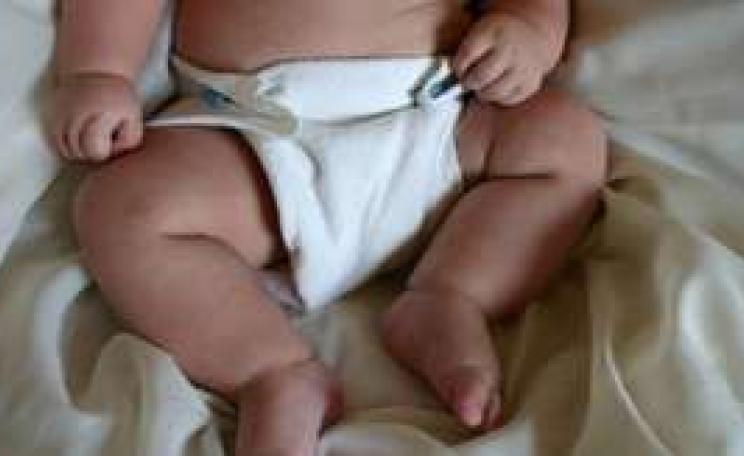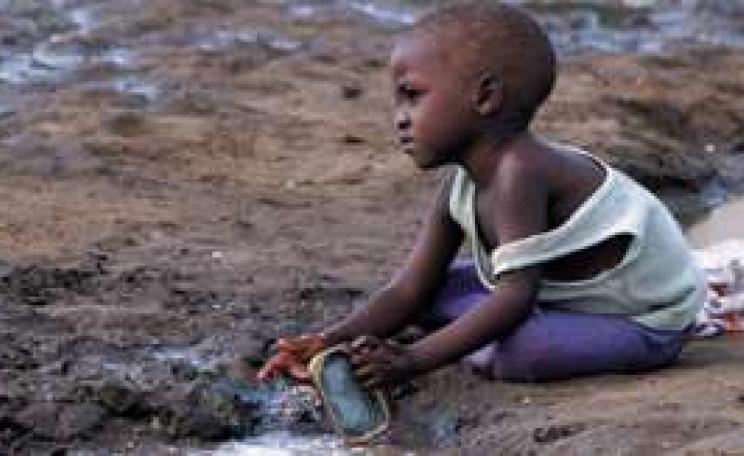Bottling out
In November 2002, a grassroots group in Grey Highlands, a village 40 kilometres southwest of Collingwood, Ontario, Canada, won an important court decision that could place restrictions on Ontario's water bottling industry.
Three judges of the Divisional Court ruled that commercial water-taking is considered land use under Ontario's Planning Act and comes under the control of municipalities' official plans and zoning bylaws. That means municipalities may no longer be powerless when a commercial water-taking operation begins pumping millions of litres of water out of the ground.
Commercial operators currently hold 50 permits that allow them to drain up to 11 billion litres a year from the province's aquifers, making bottled water big business there.
MYTH 1 ‘Bottled water is safer than tap water’
A 1997 United Nations Food and Agricultural Organisation (FAO) report cites a study comparing popular brands of bottled water which showed that they were in no way superior to New York tap water.
MYTH 2 ‘Bottled water is more healthy than tap water’
In 1997, a FAO study on "Human Nutrition in the Developing World" declared, the claims that bottled "spring" or "natural" water contains near-magical qualities and great nutritive value are "false". They admitted that bottled water may contain small amounts of minerals such as calcium, magnesium, and fluoride, but pointed out that tap water from many municipal supplies does too.
Bottled water trade growth
Growth in Annual Volume
1970 1 billion litres
(300 million gallons)
1980 2.5 billion litres
(650 million gallons)
1990 7.5 billion litres
(2 billion gallons)
2000 84 billion litres
(22.3 billion gallons)
BOTTLED NUMBERS
1.1 billion number of people living without adequate water supplies.
13.7 billion Estimated current value, in £ sterling, of the bottled water market.
0 the usual amount companies pay for extracting water.
10,000 the number of times more individuals can pay per gallon of bottle water, than they do for the tapwater in their communities.(NRDC 1999)
40% est. proportion of bottled water that is in fact tap water. (NRDC 1999)
1 in 3 of 103 brands of bottled water studied containing levels of contamination, including traces of arsenic and E. coli.
1 the average price, in £ sterling, of 300ml of Evian.
1 the cost, in £ sterling, of delivering 3,750 litres (1,000 gallons) of tap water to a persons home (American Water Works Association).
1.5 million tons of plastic used every year to package bottled water.
89 billion litres of water consumed globally in 2001.
1 in 4 bottles of water is traded and consumed outside its country of origin.
30 billion litres of water allowed legally to be taken each year in Canada by a bottling company.
25,000 total fees, in Canadian $ collected by the British Colombian government every year for water extraction.
A Chinese puzzle
For Nestle, China is a potential “blue gold” mine. On average each Chinese person currently consumes only 2 litres of bottled water a year, compared with 45 litres in the United States, and 111 litres in France. But over the next five years the amount of bottled water drunk in China is projected to grow 150 per cent.
For the world’s water giants, the mandate is clear: expand. The companies that brought you Perrier (Switzerland’s Nestle - the world’s number one producer of bottled water) and Evian (France’s Danone - the world’s number two ) are fighting for dominance in the region.
In early April 2000, the Nestle Sources Shanghai Ltd bottled water manufacturing plant was opened. It has an annual production capacity of 100 million bottles of water. Where and how this water is sourced is unknown, but given the scale of the demand, future pressure on community water tables looks set to grow exponentially.
Meanwhile, Nestle and Danone extract the water for next to no cost; package it in polluting plastic; sell it to the poorest of the poor; and have the gall to pretend they are saving lives. When did drinking water become a commodity, not a basic right?
And driving unsustainable demand for bottled water in China will force us to face the fact that ‘we will only know the worth of water when the well is dry’ (B. Franklin).
Bottled Lies
LIE
In 1993, Crystal Geyser Natural Alpine Spring Water claimed to be "nature's perfect beverage" which "begins as the pure snow and rain that falls on 12,000-foot Olancha Peak in the towering Sierra. This pristine water is naturally filtered through the mountain's bedrock."
TRUTH
North Carolina Agriculture Department disagreed, saying the company actually drilled underground wells to pump water to the surface for bottling. Crystal Geyser and seven other bottled waters were ordered to be removed from store shelves.
HALF TRUTH
The brand ‘Spring Water’ featured a picture of a lake surrounded by mountains on its label.
COMPLETE TRUTH
The source for this water was actually a well in the middle of an industrial parking lot next to a hazardous waste site.
“It struck me ... that all you had to do is take the water out of the ground and then sell it for more than the price of wine, milk, or for that matter, oil.”
Ex chairman of Perrier
“True conservation of water is not the prevention of its use. Every drop of water that runs to the sea without yielding its full commercial returns to the nation is an economic waste.”
Herbert Hoover (1926)
“When you drink water, remember the spring.”
Chinese Proverb
This article first appeared in the Ecologist February 2003







